Introducing new dogs.
While there are a variety of ways to introduce dogs who don’t know each other, there are a few specific items to consider throughout the process. The dogs must know that the humans are in control, the dogs should be calm, and the dogs should be practicing some kind of structure that the humans put into place.
Walking together is a great place to start but our favorite is the dogs learning to simply exist around each other without interacting. So the first thing we do to introduce is to not introduce. At least, not in the way that is commonly practiced - through interaction. We want calmness, not excitement, so we skip the interaction in the beginning.
We actually don’t have the dogs interact with each other. We want to put the odds in favor of success as much as possible. That way, we are preventing, as much as possible, the whole thing going sideways. We want little to no escalation and definitely no fighting. Calmness will better ensure the likelihood of things going well, so calmness must come first.
When humans are consistently in control, and the dogs know it, the dogs are commonly calmer and more able to regulate themselves. Think about two very excited dogs coming together during a first-time introduction, there is a much higher chance of a fight or flight response, or, it could simply be playtime - we aren’t really sure which one until we do it. But instead of gambling, we like to hold off on doing that until we get calmness and all the dogs listening to the humans.
When structuring the situation where the dogs are accountable to a stationary command for duration, we get calmness. If the dogs are having a hard time with that, then we work on it until we get it. This means long duration simply existing around each other. The dogs learn who to take direction from and that they are not free to escalate excitement on their own terms. Since dogs don’t really have the ability to limit their own excitement, it’s up to the humans to ensure it.
From there, we would have the dogs exist around each other at varying proximity. But once we have that consistently, when they do come together, it is easier to gauge how the interaction will go and the humans have a bigger window of time to assess and make the necessary adjustments because things are happening at a slower place.
These things do not “guarantee” that the dogs will get along. What we are doing is increasing the odds as much as possible in favor of success. The most important items here are the dogs having accountability, the dogs knowing the humans are in control AND listening to the humans throughout the process, and ensuring calmness.
-
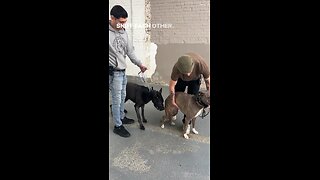 0:59
0:59
CaninePerspective
4 months ago $0.01 earnedRe-Introducing Dogs We Haven’t Seen In A While To Other Dogs
24 -
 1:30
1:30
Fortress K9
1 year agoIntroducing a young dog to puppies
3 -
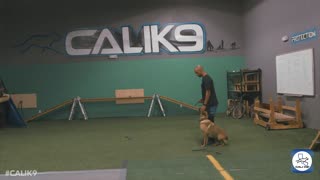 3:07
3:07
TopTechProductReviews
1 year agoModern dog training
32 -
 0:55
0:55
TopTechProductReviews
1 year agoModern dog training
39 -
 0:38
0:38
Standing Stone Kennels
10 months agoIntroducing A New Puppy To Other Dogs
10 -
 0:49
0:49
Dogacat
6 years agoThe dog elicits excitement!
2 -
 8:07:33
8:07:33
ItsCannoliTV
1 year agoNew Dog Owners Need To Leave This On!
6 -
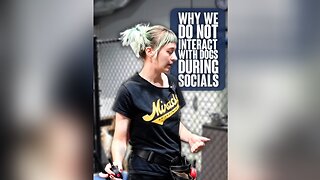 0:25
0:25
MiracleK9Training
10 months agoWhy we DO NOT interact with dogs during socials
7 -
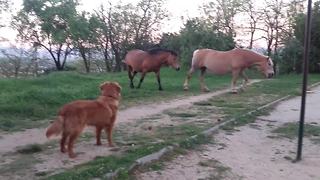 1:12
1:12
EmilijaBogdanovska
7 years agoA Dog Is Introduced To A Pair Of Horses. Wait Until You See What Happens Next.
696K2 -
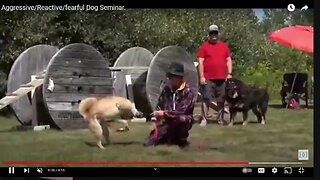 0:45
0:45
Saro Dog Training
9 months agoNew Dog Training Information
6